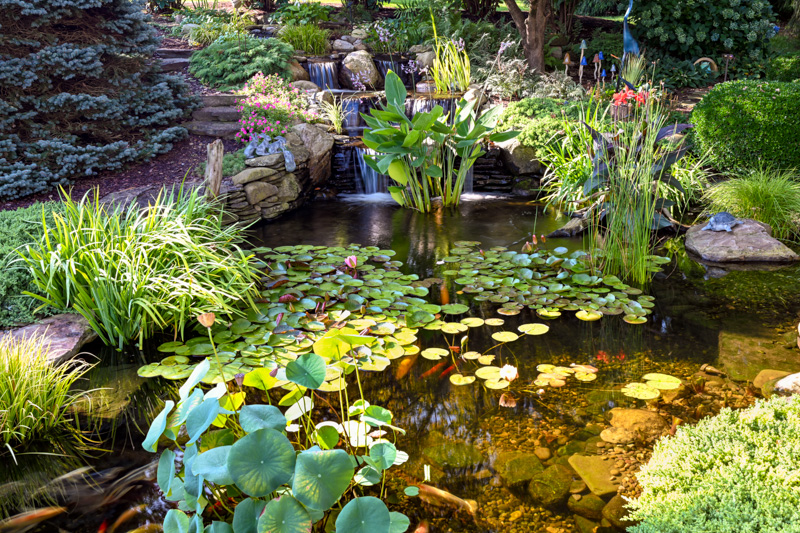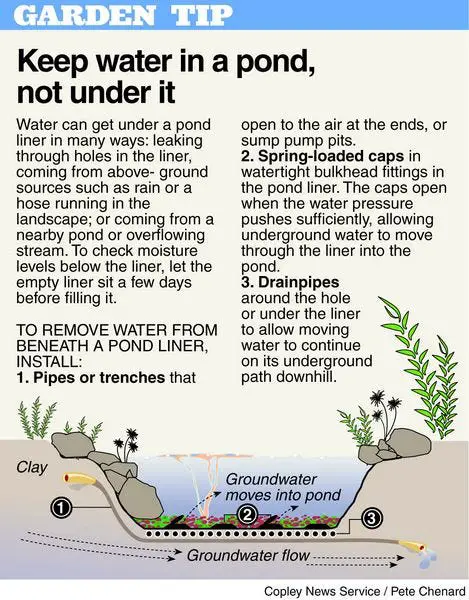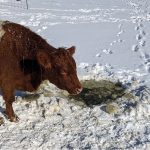Having a pond in your backyard can be a beautiful addition to your landscape. However, keeping water in a pond can sometimes be a challenge. There are several factors that can cause water loss in a pond, such as evaporation, leaks, and wildlife. In this article, we will explore some effective ways to keep water in your pond and maintain its beauty.
1. Pond Liner
One of the most important elements in keeping water in your pond is a high-quality pond liner. A pond liner acts as a barrier between the water and the soil, preventing seepage and leaks. Make sure to choose a durable liner that is appropriate for the size and shape of your pond.
2. Regular Maintenance
Maintaining your pond regularly is essential for keeping water levels stable. Check for any signs of leaks, such as wet spots around the pond or a sudden drop in water level. Repair any leaks promptly to prevent further water loss.
3. Proper Filtration
Installing a proper filtration system in your pond can help maintain water quality and reduce the need for frequent water changes. A filtration system can also help prevent debris from clogging the pond and causing water loss.
4. Aquatic Plants
Adding aquatic plants to your pond not only enhances its beauty but also helps in keeping water levels stable. Plants absorb excess nutrients from the water, reducing algae growth and maintaining water clarity. They also provide shade, which can help reduce evaporation.

Credit: splashsupplyco.com
5. Rainwater Harvesting
Consider setting up a rainwater harvesting system to collect and store rainwater for your pond. This can help supplement water levels during dry periods and reduce the need to rely solely on tap water, which may contain chemicals harmful to aquatic life.
6. Control Wildlife
Wildlife such as birds and fish can sometimes cause water loss in a pond by splashing water out or digging around the edges. Consider installing a protective net or barrier to prevent wildlife from disturbing the water and causing unnecessary evaporation.
7. Monitoring Water Levels
Regularly monitor water levels in your pond to ensure they are within the desired range. If you notice a significant drop in water level, investigate the cause and take appropriate action to prevent further loss. Keeping a log of water levels can help track any fluctuations over time.

Credit: www.wikihow.com
8. Proper Watering
When adding water to your pond, do so gradually to prevent overflow and wastage. Use a gentle stream of water or a hose with a nozzle to control the flow and avoid disturbing the pond ecosystem. Overfilling the pond can lead to water loss through overflow.
9. Shade Structures
Installing shade structures such as umbrellas or pergolas near your pond can help reduce evaporation by providing shade during the hottest parts of the day. By minimizing exposure to direct sunlight, you can help retain water levels and maintain a more stable pond environment.
10. Seek Professional Help
If you are experiencing persistent water loss in your pond despite taking preventive measures, consider seeking advice from a professional pond maintenance service. They can assess the situation, identify the root cause of the issue, and recommend appropriate solutions to keep water in your pond.
By following these tips and implementing effective water conservation strategies, you can ensure that your pond remains full and healthy, providing a tranquil and inviting space for you to enjoy.




